Apple computer owners have quite a few options when it comes to choosing a web browser. But many of them prefer the native Safari. If you belong to this group of users, you will certainly appreciate our five tips and tricks today, thanks to which you can customize Safari on your Mac.
It could be interest you

Customizing a blank card
The moment you launch Safari on your Mac, you'll see a blank tab. It can contain your bookmarks, the most frequently visited pages, or you can customize the background of this card. To customize a blank tab, in Safari on Mac, click the sliders icon in the lower right corner. Here you can choose which items will be displayed on the new tab, select some of the preset backgrounds, or upload your own image from your computer's disk as wallpaper.
Web server customization
Among other things, the Safari Internet browser in the environment of the macOS operating system also offers the possibility of individual customization of individual websites. To customize the currently open web page in Safari, click the gear icon to the right of the address bar. In the menu that appears, you can, for example, activate the automatic start of the reader mode for the given page or customize the permission to access the webcam or microphone.
Deleting history items
While some users don't deal with Safari's browsing history at all, others prefer to clear it regularly. If you belong to the latter group, you can easily customize the history deletion rules. With Safari running, click the toolbar at the top of your Mac's screen on Safari -> Preferences -> General. In the drop-down menu in the Delete history items section, just select the desired interval.
Customize the top bar of the window
In the upper part of the Safari application window, in addition to the address bar, you will also find other items, such as the forward and backward buttons or the share button, for example. If you want this toolbar to display only those items that you actually use, right-click on the toolbar and select Edit Toolbar. You will see a menu of all elements. You can simply drag the selected elements to the top bar of the Safari window, and vice versa, you can drag the elements you don't want on this bar back to the aforementioned panel.
Extension
Similar to Google Chrome, Safari on Mac also offers the option of installing extensions that help you check spelling or customize the appearance of individual web pages, for example. To add an extension to Safari on your Mac, launch the App Store, click Categories in the left-hand panel, then head to the Safari Extensions section.
It could be interest you
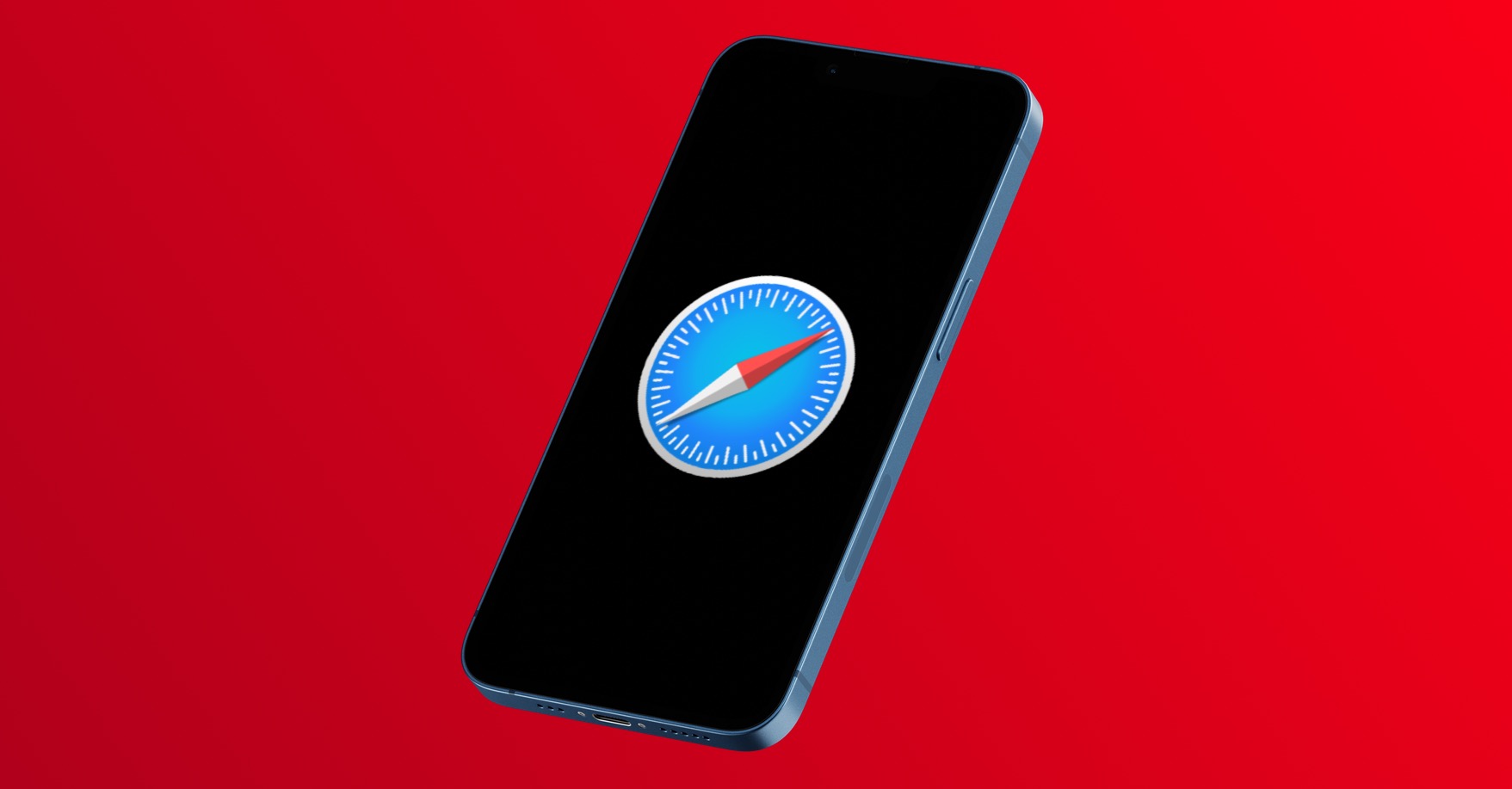
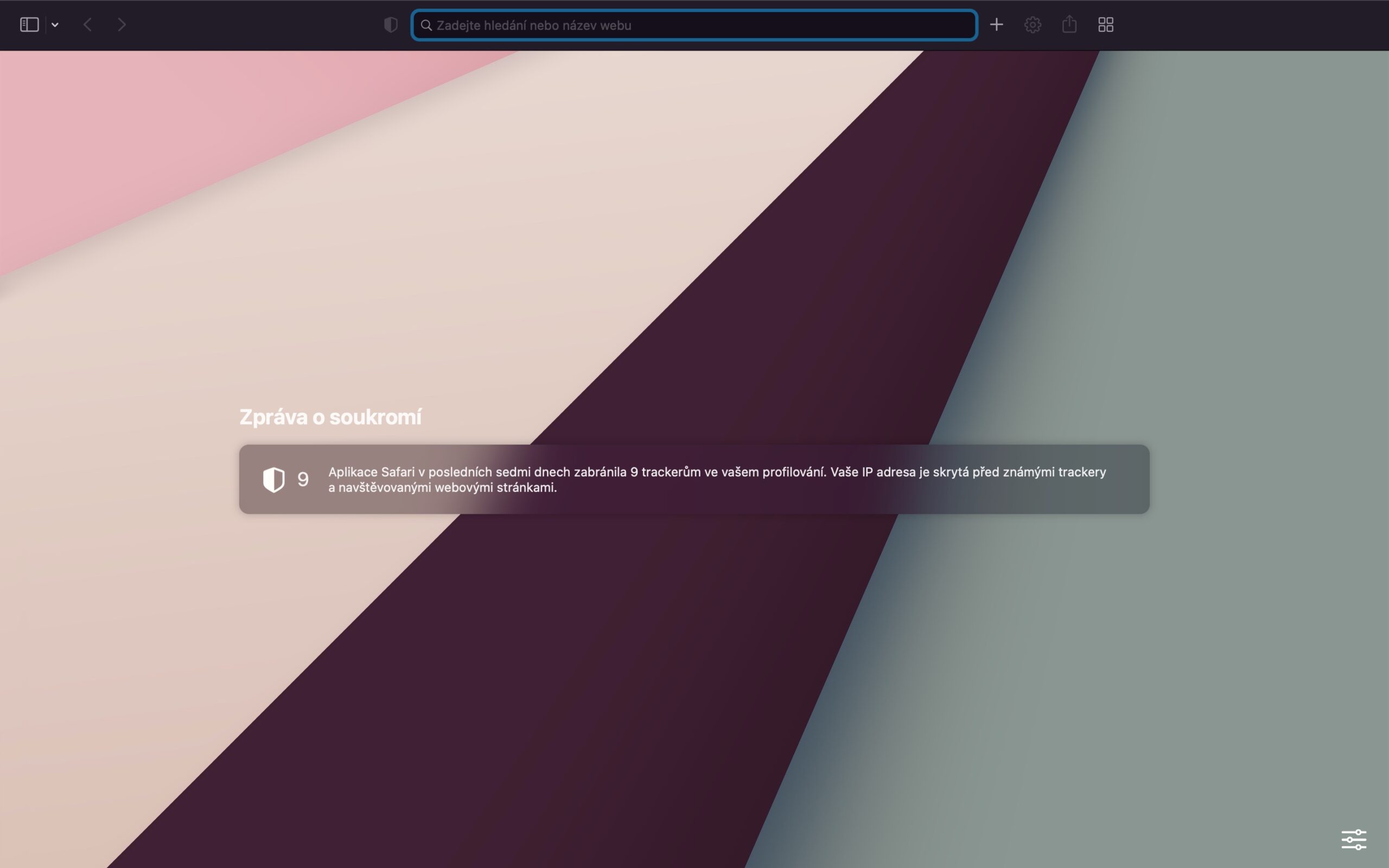


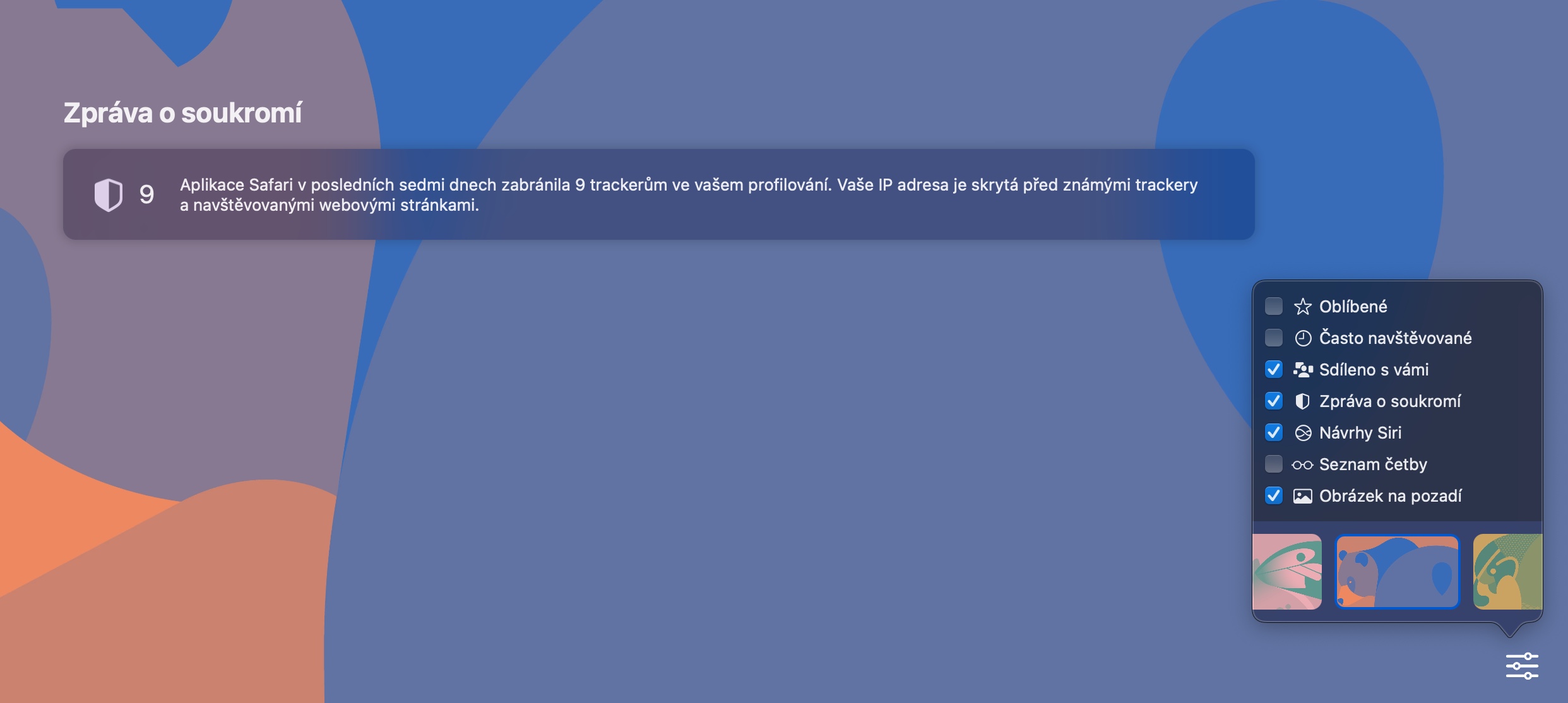



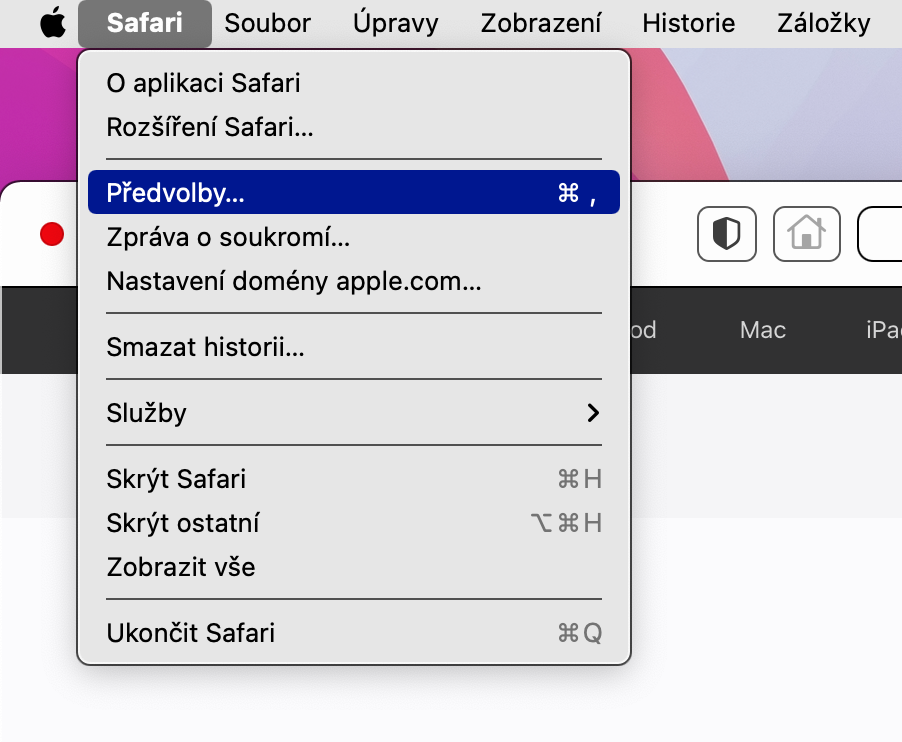

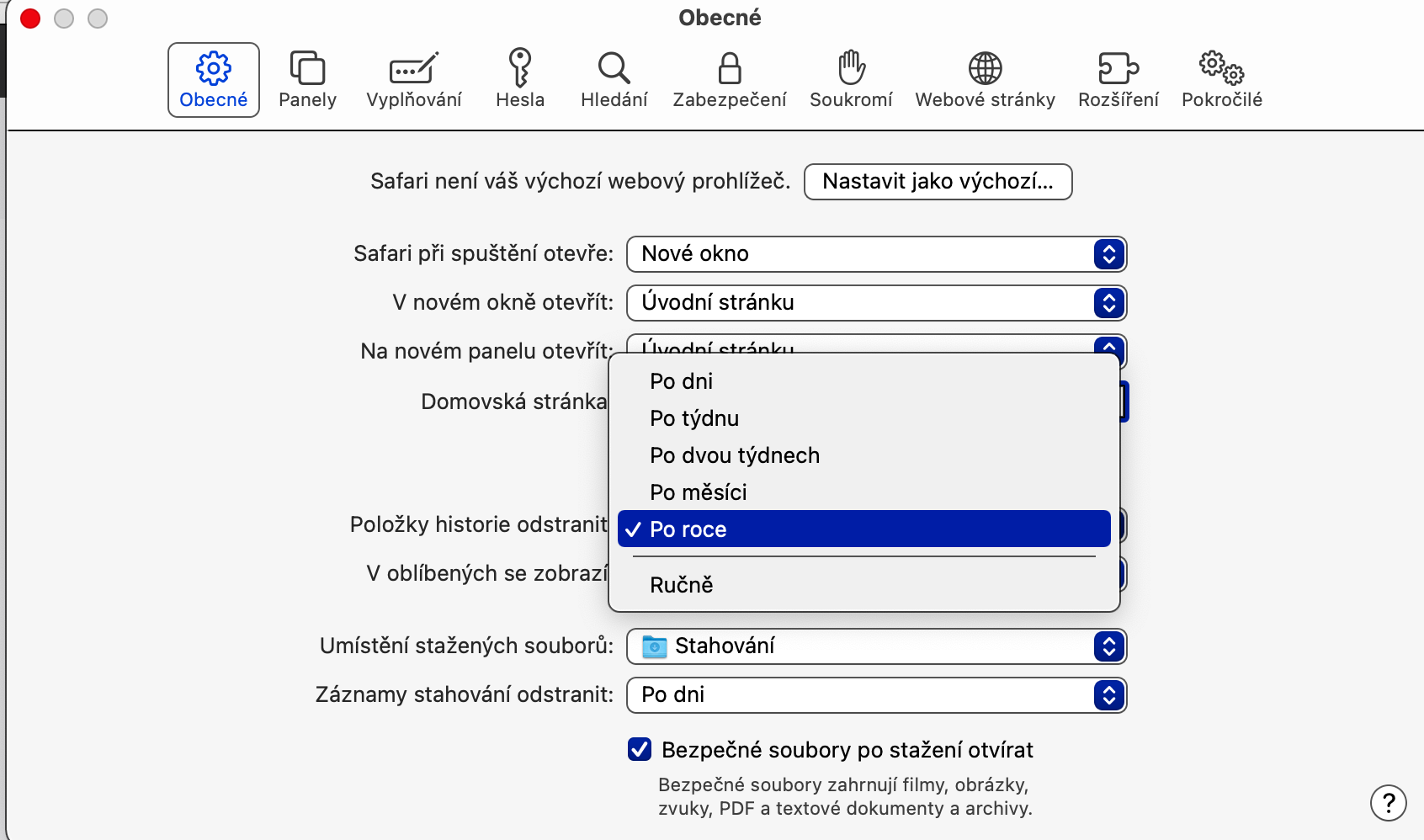


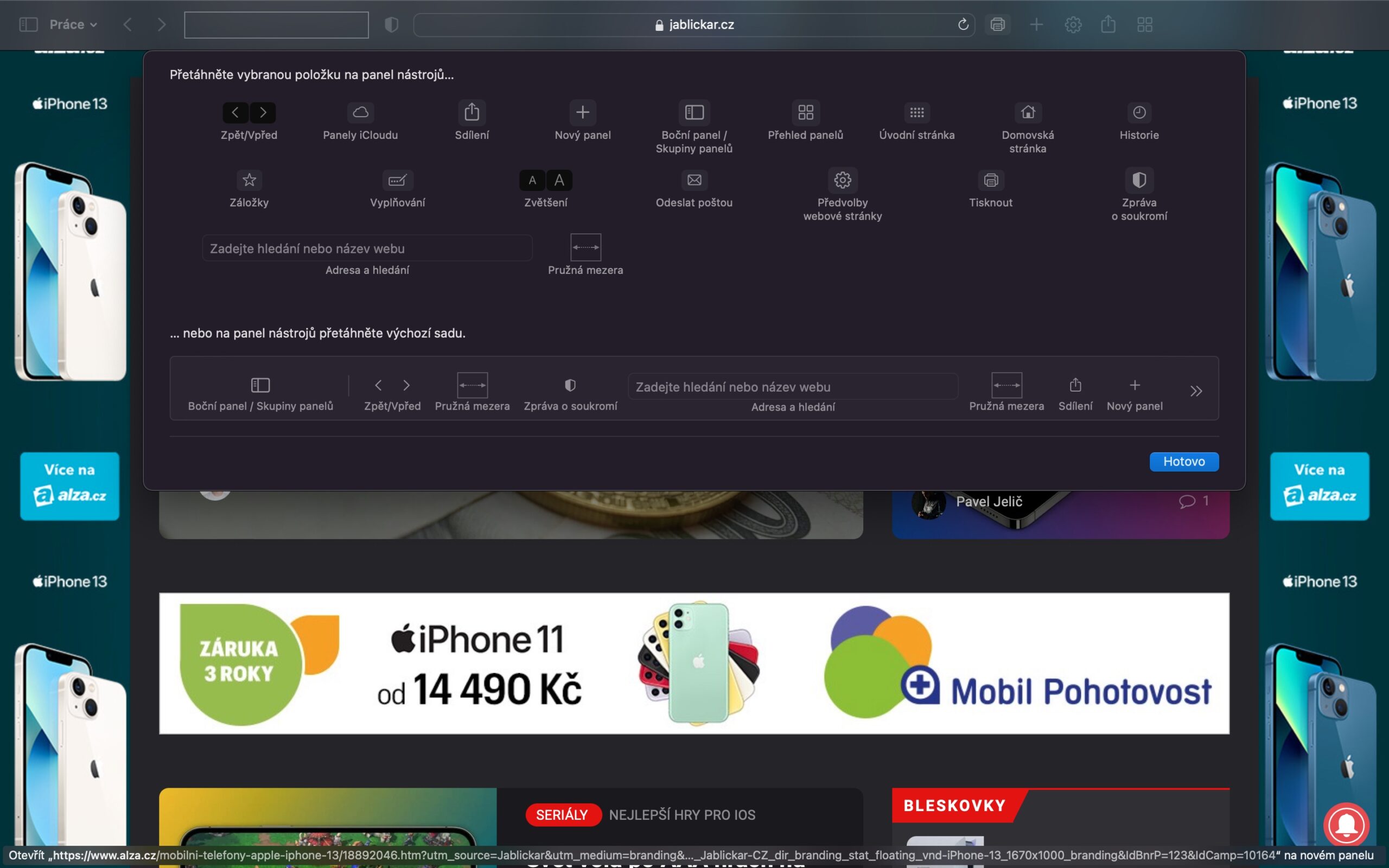
 Adam Kos
Adam Kos